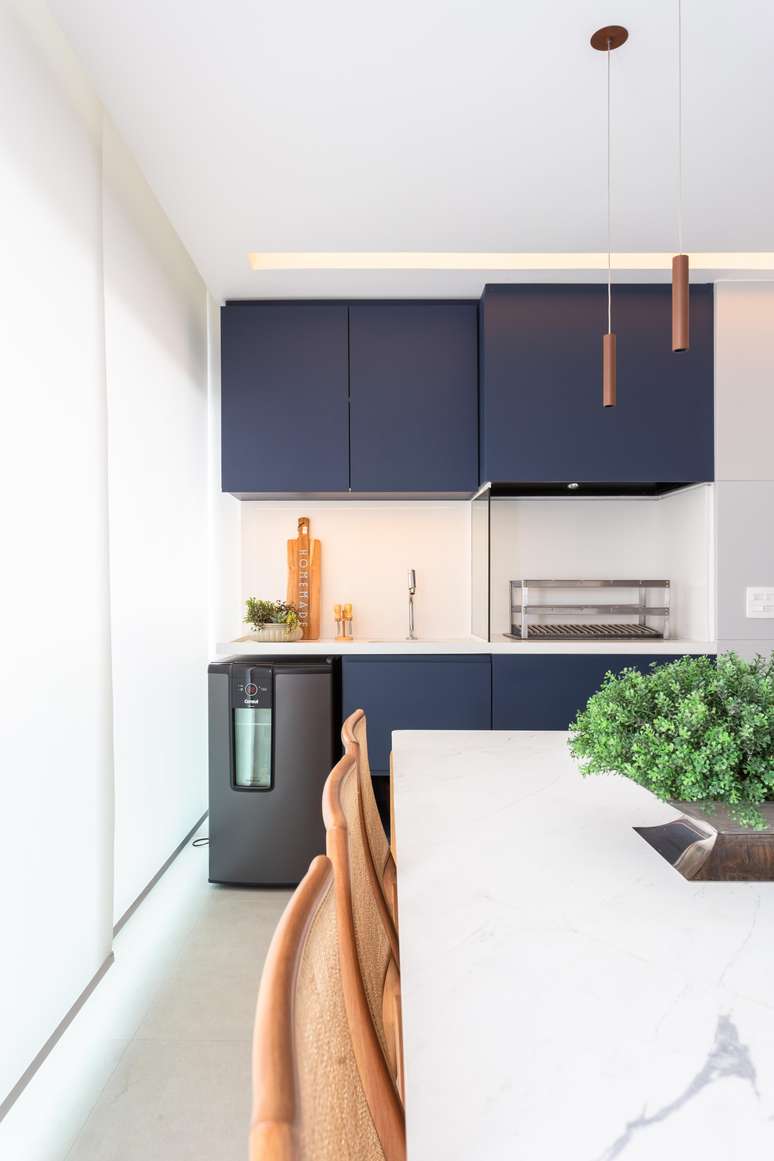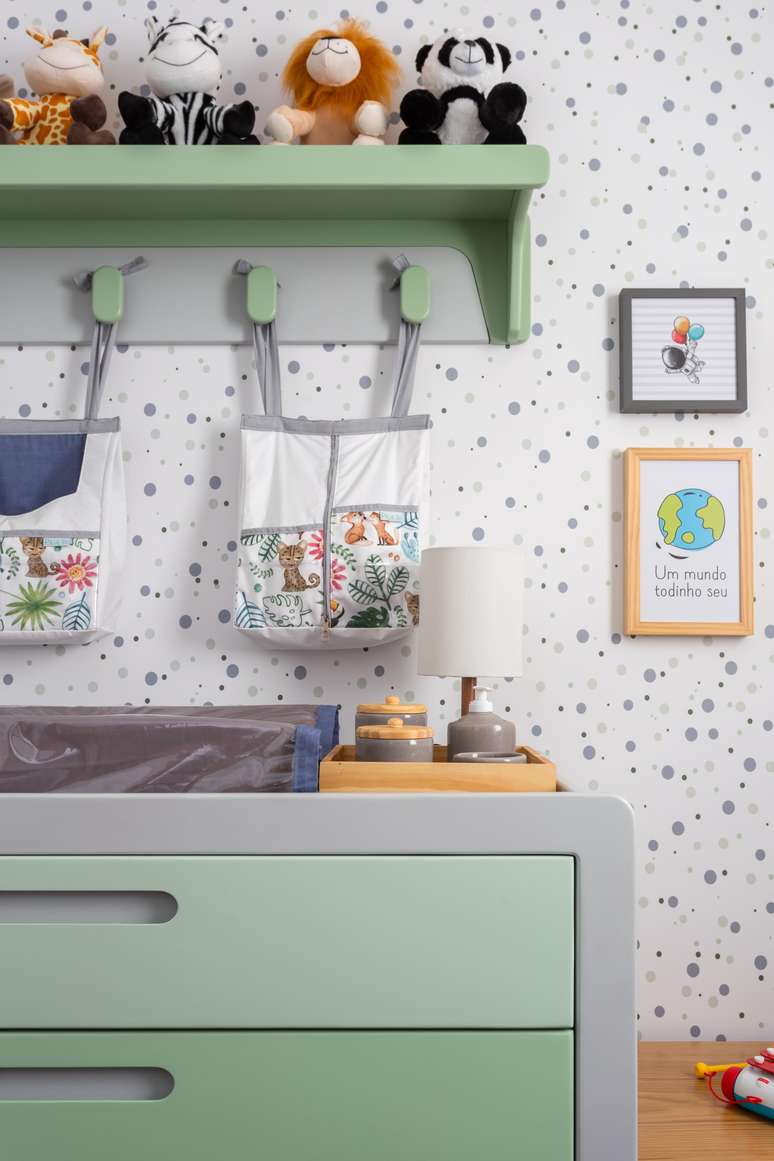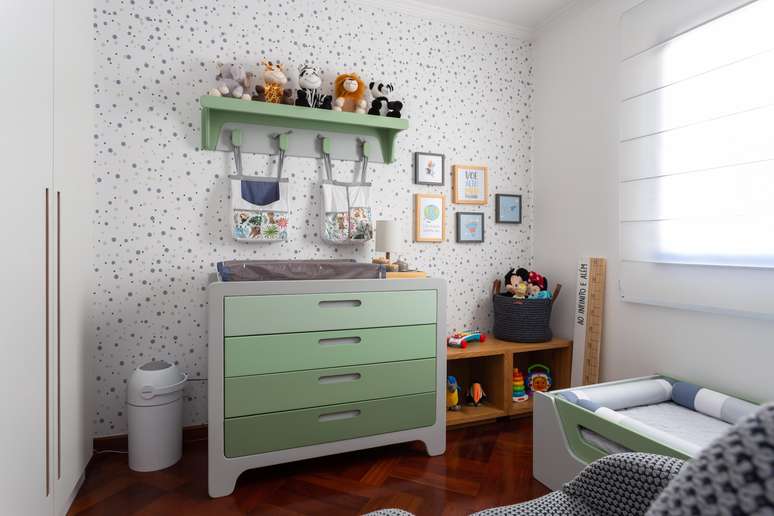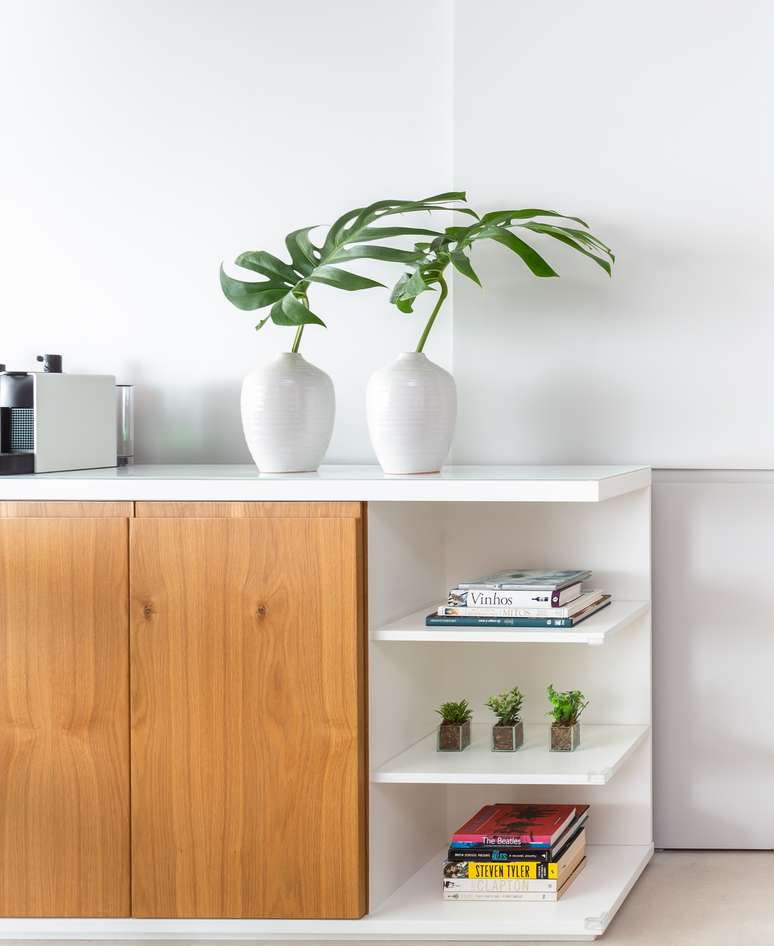With simple and practical tricks, interior architecture contributes to a peaceful life, promoting the well-being of the whole family
Home is the place where we feel protected, welcomed, at ease and, above all, Safe! However, even if in theory our home is a welcoming corner, in practice some corners in the composition of the environment can represent a danger, especially for children. children and the elderly.
To better understand where accidents can occur and how to avoid them, the duo Claudia Yamada and Monike Lafuente, architects of the Study Tangramselected questions and tips for not living with danger at home.
Avoid sharp edges
Mothers of young children, Claudia and Monike know that one of the main risks parents run is the protruding edges of the furnitureAfter all, when the little one conquers the autonomy to take his first steps and walk, this journey is full of obstacles. Pieces with 90-degree corners and angles should be avoided in decor, especially during early childhood.

“Furniture with spikes is very dangerous for children who are learning to walk, balance and who like to run and play around the house. The ideal is to buy with more rounded finishes,” explains Monike.

However, both she and Claudia know that it is not always possible to replace the entire structure that already existed before the birth of a child. In this way, the devices found on the market, such as plastic or silicone capswhich are of great value for the tranquility of the parents and the physical integrity of the children.
“Another possibility is to move the furniture and leave the most dangerous ones in areas with more restricted access and always far from the main route”, guide the professionals.
The material of the furniture

Still on the subject of furniture, another recurring question concerns the most suitable materials for homes with children or the elderly. According to Monike and Claudia, many people point to glass as a villain, but it doesn’t necessarily equate to constant warning signs.
“Of course, if they’re very brittle and thin and pointy, they should be ignored,” they warn. however, the tempered glasscommonly thicker, it is durable to stand up to daily activities without scratching.

Still on the glass, another important tip is avoid small, decorative highlights. Depending on the fragility of the pieces, they can pose a significant health risk to children.
Safety in the children’s room

For the dormitory of the little ones, a series of simple measures can be adopted to avoid accidents. First, they warn: “the fewer items, the better!”.
As children grow and learn, it is normal for the bedroom to be part of their universe of exploration. Therefore, it is essential that the furniture does not interfere with your activities and pose a safety risk.

“So those in charge can carry out household chores more calmly, without worrying about constantly checking if nothing is wrong”, advises Claudia, both from her professional experience and from being Liz’s mother.
For furniture, how much more rounded finish, the greater the protection. The padded zippers and slides are excellent at keeping crowds from trapping your fingers in completely sore moments.
Attention also to the elderly

Seniors are also an attention group in residential furnishings. Therefore, advice aimed at children also applies to them. “Irregularities and steps, as well as slippery carpets or carpets with raised ends are responsible for many problems in the home,” they point out.
Source: Terra
Ben Stock is a lifestyle journalist and author at Gossipify. He writes about topics such as health, wellness, travel, food and home decor. He provides practical advice and inspiration to improve well-being, keeps readers up to date with latest lifestyle news and trends, known for his engaging writing style, in-depth analysis and unique perspectives.






![Tomorrow we belong to: What awaits you in the 1945 episode, Friday, May 16, 2025 [SPOILERS] Tomorrow we belong to: What awaits you in the 1945 episode, Friday, May 16, 2025 [SPOILERS]](https://fr.web.img3.acsta.net/img/84/68/8468c32cc15d315a9d038fa7b0017ef5.jpg)


